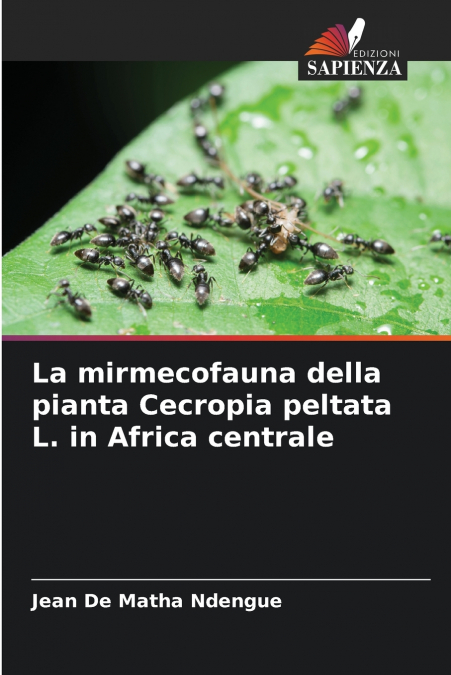
Jean De Matha Ndengué
La mirmecofilia è la relazione tra piante e formiche: le piante forniscono alle formiche cibo e siti di nidificazione nei loro domatia; in cambio, le formiche le proteggono dagli attacchi degli erbivori. In America Latina, questa associazione è ben nota in diverse specie del genere Cecropia, dove si presenta come specifica o non specifica. Lo scopo del presente studio è stato quello di effettuare un inventario della mirmecofauna di Cecropia peltata L., una specie introdotta nella foresta tropicale africana, in diverse località del continente. Un totale di 84 individui di questa pianta sono stati ispezionati lungo le sponde destra e sinistra del fiume Dibamba. Nei siti esaminati, l’83,3% delle piante ospitava formiche. Le 19 specie inventariate appartengono a 10 generi suddivisi in quattro sottofamiglie La specie Pheidole tenuinodis Mayr, 1901 è la più comune (53,4%). Cinque specie sono rare. Il fusto è la parte della pianta ospite più colonizzata e con la maggiore ricchezza di specie. Questi risultati attestano la presenza di formiche su C. peltata L. e mostrano l’elevata diversità di questa fauna.